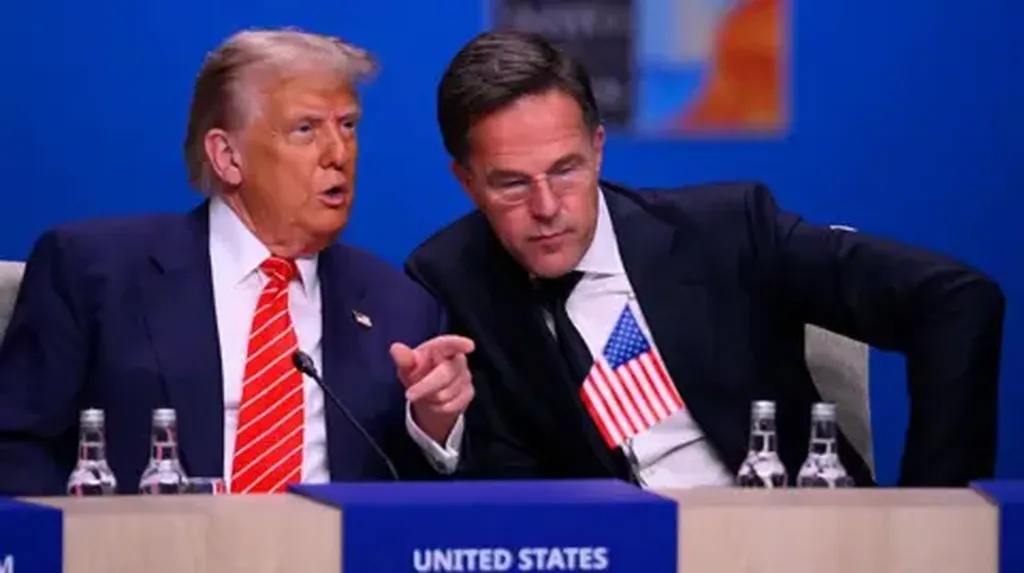At the 2025 NATO summit in The Hague, member states made a bold commitment to bolster European defence capabilities and reduce reliance on the US security guarantee. By 2035, NATO members agreed to increase annual defence and security spending to 5% of GDP, with 3.5% allocated to core defence and 1.5% directed towards critical infrastructure. This ambitious plan, driven by long-standing criticism from US President Donald Trump and European leaders like French President Emmanuel Macron, aims to revitalise European industrial manufacturing and stimulate domestic demand.
The stakes are high. By 2035, European and Canadian defence spending could reach $1.3 trillion annually, according to GlobalData. Yet, the path to achieving these goals is fraught with challenges. In the short term, much of this spending will flow to US defence manufacturers, limiting immediate economic benefits for Europe. Only as European defence capabilities grow will government-led investment begin to stimulate domestic demand and expand manufacturing capacity.
Europe’s defence industrial base is small and fragmented, representing just a third of the US’s as a share of GDP. The EU’s defence supply chain, comprised of over 2,500 specialised small and medium-sized enterprises (SMEs), lacks the economies of scale enjoyed by the US. As a result, Europe may struggle to meet the sudden surge in defence demand. Between 2020 and 2024, around 64% of European NATO countries’ defence procurement came from the US, a trend likely to persist in the near term.
However, long-term opportunities abound. The ReARM Europe plan, proposed by EU Commission President Ursula von der Leyen and supported by member states, allocates an additional €800 billion for defence spending. The Security Action for Europe (SAFE) loan instrument, part of this plan, allows EU member states to borrow up to €150 billion for European-manufactured defence capabilities. Such initiatives aim to bolster European demand and foster industrial growth.
Yet, regulatory obstacles and capability gaps remain. To address these, industry and policymakers must align defence planning at both national and multilateral levels, coordinating investment and commercial activities across borders. Additionally, European armies must modernise and adopt new technologies, requiring significant investments in defence R&D. While US defence R&D spending reached $141 billion in 2024, Europe’s was a mere $14 billion. NATO’s rearmament plan could increase EU R&D spending to 2.9% of GDP by 2035, an additional €100 billion.
Military innovation is concentrated in small companies that often struggle with delivery timelines and financing. Creating a collaborative ecosystem to bolster innovation and streamline procurement processes will be essential. In the short term, Europe will rely on US intelligence and equipment while building its defence capabilities. The US leads the defence technology market in both quality and price, meaning the US economy will initially benefit from this influx of European defence investment.
Eventually, European defence projects will bolster domestic industries and demand. However, controversy and trade-offs are inevitable. Funds may be disproportionately spent across larger militaries, with up to 60% of SAFE loans allocated to just three member states. Increasing defence spending will also face public scrutiny, as many European economies grapple with cost-of-living crises. Pedro Sanchez, the Spanish Prime Minister, highlighted this tension, stating: “If we had accepted 5%, Spain would have to spend by 2035 an extra €300 billion on defence. Where would it come from? From cuts in health and education.”
In the end, NATO’s commitment to increased defence spending represents a pivotal moment for Europe. While challenges abound, the long-term potential for economic growth and industrial revitalisation is substantial. The question remains: can Europe overcome its fragmented defence industrial base and regulatory hurdles to achieve its ambitious goals? The answer will shape the continent’s security and economic future for decades to come.

